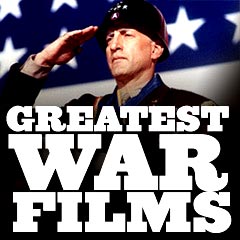
|
Greatest War Movies 1990s |
| Film Title/Year/Director, War-time Setting and Brief Description | ||
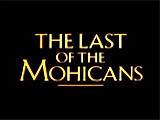
|
The Last of the Mohicans (1992)
This recent adaptation was one in a long line of films based upon James Fenimore Cooper's 1826 "Leatherstocking" book. The romantic adventure film starred Daniel Day-Lewis as orphaned, Mohican-adopted and raised Nathaniel "Hawkeye" Poe, who led a mission (with the last two Mohicans: Chingachcook (Russell Means) and his son Uncas (Eric Schweig)) -- to rescue headstrong Cora (Madeleine Stowe) and Alice - the two daughters of the fort's British commander Col. Edmund Munro (Maurice Roeves). The film's major sequences included the Huron ambush and kidnapping of the two women, the French siege of Fort William Henry, the Huron massacre by sadistic and vengeful renegade Magua (Wes Studi) on the British led by Col. Munro as they withdrew from the fort, the escape sequence into a waterfall, and the fight-to-the-deaths between Uncas and Magua, and then between Magua and Chingachcook. |
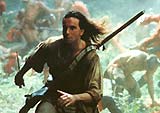  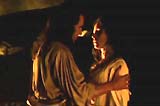 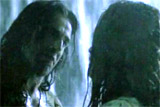 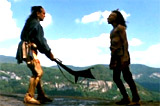
|
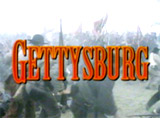
|
Gettysburg (1993)
Writer-director Ronald F. Maxwell's outstanding and authentic epic (over four hours of history coming alive) was based on Michael Shaara's Pulitzer Prize-winning novel The Killer Angels, recreating the famous, tragic and decisive Civil War battle of July 1863 at Gettysburg, Pennsylvania. Ted Turner's ambitious $20 million film displayed impressive camerawork during the stunning, visceral and bloody battle scenes. The action was divided up by the three days of battle, featuring Union cavalry commander John Buford (Sam Elliott) on the first day, Col. Joshua Lawrence Chamberlain (Jeff Daniels), the Union hero of Little Round Top on the second day, and Confederate General James Longstreet (Tom Berenger), Gen. Robert E. Lee's (Martin Sheen) most trusted commander, on the third day. Faithfulness to history was achieved by shooting on location at the Gettysburg National Military Park. The film was followed by a prequel, Gods and Generals (2003). |
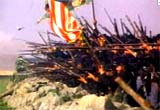 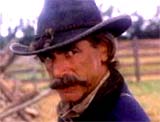 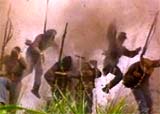 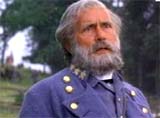
|

|
Schindler's List (1993)
Spielberg's greatest dramatic, black and white masterpiece was based on a true story (by Thomas Keneally) of an opportunistic Catholic-German businessman and charming womanizer Oskar Schindler (Liam Neeson). Schindler profited from WWII by employing cheap labor from Polish Jews in his Krakow cookware factory during the Third Reich's Holocaust, and provided them refuge from the horrors of the Nazis. The biopic film also documented the hideous, disturbing evil personified by Nazi Amon Goeth (Ralph Fiennes) - the Plaszow camp commandant, Schindler's relationship with his Jewish accountant Itzhak Stern (Ben Kingsley) and their list-making to courageously save over 1,000 Jews from the senseless, brutal extermination in Auschwitz. The film was honored with seven Academy Awards, including Best Director and Best Picture. |
 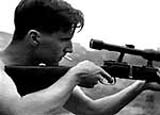   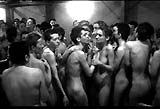
|
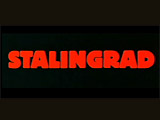
|
Stalingrad (1993, Germ.)
The German point-of-view anti-war battle drama was released to coincide with the 50th anniversary of the crucial defeat of the Nazi forces in Stalingrad, Russia, a turning point of WWII. It was the second German film to portray the Battle of Stalingrad, pre-dated by Stalingrad: Dogs, Do You Want to Live Forever? (1959) (aka Hunde, Wollt Ihr Ewig Leben). The grim and depressing film told docu-drama style was made by the producers of Das Boot (1981), to authentically portray the loss of two million lives on the Eastern front, when abandoned Nazi troops literally froze and starved to death during the brutal winter. It followed one German platoon, led by idealistic German officer Hans von Witzland (Thomas Kreischmann), which learned the realities of war as they went to the front lines to assist the Sixth Army, found a bloody stalemate, and progressively lost men during the harsh fighting conditions. |
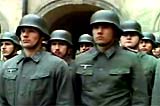 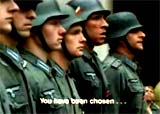 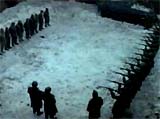
|
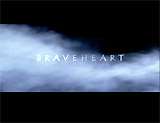
|
Braveheart (1995) Producer-director-actor Mel Gibson's 13th century melodramatic historical war epic won five Academy Awards (from ten nominations), including Best Picture and Best Director. Although it was often historically inaccurate (faces weren't painted and kilts were not worn by the Scots), Gibson memorably portrayed the Scottish freedom fighter William Wallace, who victoriously fought against the army of the oppressive and tyrannical King Edward I "Longshanks" (Patrick McGoohan) at Stirling Bridge in 1297. The central battle sequence was masterfully filmed to increase tension ("Hold...Hold...Hold"). He was spurred to revolt against the monarchy after his secretly-wed wife (Catherine McCormack) was raped and had her throat slit. However, Wallace was then defeated at the Battle of Falkirk, captured and tried for high treason, and beheaded in a long and sadistic torture scene at the film's conclusion in which he cried out: "Freedom!" |
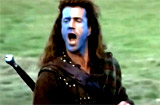 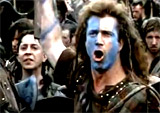 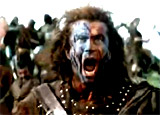 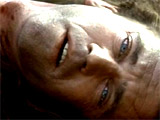
|
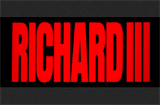
|
Richard III (1995, UK) d. Richard Loncraine
This melodrama based upon Shakespeare's play of the same name was adapted by actor Ian McKellen; the setting wasn't England of the 1480s but fictional Britain in the late 1930s, a time of modern weaponry (tanks, airplanes, machine guns). The film began in a time of civil war between the houses of York (Richard III's side) and Lancaster; the film opened with a tank crashing through the war-room headquarters of reigning King Henry VI (Edward Jewesbury) and his troops, where the king was murdered by hunchbacked and limping, treacherous and power-lusting Richard III (McKellen) of Gloucester. He then delivered the ''winter of our discontent'' victory speech into a microphone and finished the monologue at a bathroom urinal. He pitted himself against his enthroned brother King Edward IV (John Wood), and schemed to persuade the King to murder younger brother Duke of Clarence (Nigel Hawthorne) as a traitor, and murder his two nephews (Edward's sons) in order to ascend to kingship himself and be crowned King of England in an elaborate Nazi-like ceremony, with parallels easily made between Richard III and Adolf Hitler. The battle of Bosworth field was transferred to an abandoned power station fought with tanks and machine guns (Richard's famed speech: "A horse! A horse! My kingdom for a horse!" was delivered as his Jeep stalled in the mud on the battlefield). He refused to be captured at the end and fell to his fiery death, to the tune of I'm Sitting on the Top of the World |
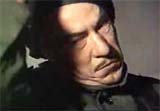 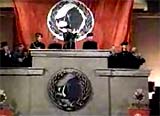 
|

|
Saving Private Ryan (1998)
Steven Spielberg's R-rated war epic opened, in its first half-hour, with the brutal, uncompromising, and graphically-realistic depiction of the landing at bloody Omaha Beach on D-Day (June 6, 1944). The film's aftermath, based loosely on a true story, revolved around the rescue of a downed paratrooper in the French countryside, Pvt. James Ryan (Matt Damon), whose three brothers had recently been killed in action, by a group commanded by veteran Captain John Miller (Tom Hanks in an Oscar-nominated role). The film was a critical and box office smash, and brought Spielberg his second Best Director Oscar (his first was for his other World War II era film, Schindler's List (1993)). |
  
|

|
The Thin Red Line (1998)
Writer/director Terrence Malick demonstrated his extraordinary film-making talent (after an absence of 20 years) with an ethereal, visually compelling re-make of the 1964 film of James Jones' 1962 novel about the WWII attack on the strategic island of Guadalcanal. Although the exceptional, well-received wartime film was nominated for seven Academy Awards, it came away empty-handed. It told about a C-Company group of soldiers, including introspective Private Witt (Jim Caviezel) and cynical, fatalistic First Sgt. Welsh (Sean Penn), who were engaged to fight at Guadalcanal in the South Pacific against the Japanese. Their struggle to hold the island, take a machine gun-filled bunker, and survive the bloody conflict were echoed in the narrated internal monologues of Witt's thoughts, heard in philosophizing voice-over (for example: "This great evil. Where does it come from? How did it steal into the world? What seed, what root did it grow from?"). |
   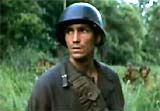
|
(chronological by film title) Introduction | 1900s-1920s | 1930s | 1940s-1 | 1940s-2 | 1950s | 1960s-1 | 1960s-2 | 1970s | 1980s | 1990s | 2000s | 2010s | 2020s |